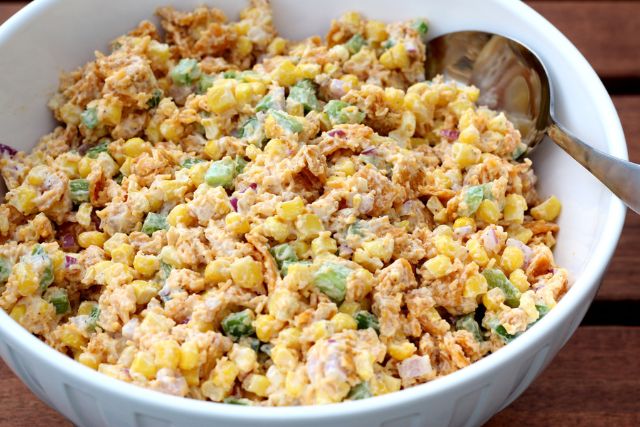Panchamrut Recipe : A Nutritious Blend of Tradition and Taste
In the realm of Indian cuisine, there are certain recipes that not only tantalize the taste buds but also hold significant cultural and religious importance. One such revered concoction is Panchamrut Recipe, a divine amalgamation of five key ingredients symbolizing various aspects of life and spirituality. This article delves into the origins, ingredients, preparation method, and cultural significance of Panchamrut Recipe, offering a comprehensive guide for both cooking enthusiasts and those curious about its rich heritage.
Origins and Cultural Significance of Panchamrut Recipe
Panchamrut, derived from the Sanskrit words “panch” meaning five and “amrut” meaning nectar, holds a special place in Hindu rituals and festivals. It is commonly used as an offering to deities during religious ceremonies and prayers. The recipe varies slightly across different regions of India, reflecting local tastes and traditions, but the core ingredients remain consistent due to their symbolic importance.
The significance of each ingredient in Panchamrut Recipe is deeply rooted in Hindu mythology:
- Milk (Doodh): Symbolizes purity and nourishment.
- Yogurt (Dahi): Represents prosperity and fertility.
- Honey (Shahad): Signifies sweetness and bliss.
- Sugar (Sharkara): Represents happiness and satisfaction.
- Ghee (Clarified Butter): Symbolizes strength and victory.
When combined, these ingredients not only create a harmonious blend of flavors but also embody the spiritual essence of Hindu philosophy.
Ingredients for Panchamrut Recipe

The beauty of Panchamrut lies in its simplicity and the quality of its ingredients. Here’s a typical recipe for preparing Panchamrut:
- 1 cup Milk: Use full-fat milk for richness.
- 1 cup Yogurt: Fresh and plain yogurt works best.
- 4 tablespoons Honey: Preferably raw honey for its natural sweetness.
- 4 tablespoons Sugar: Adjust according to sweetness preference.
- 2 tablespoons Ghee: Adds richness and depth.
Preparation Method
Step 1: Prepare the Ingredients
- Milk: Heat the milk in a pan until it comes to a boil. Let it cool to room temperature.
- Yogurt: Ensure the yogurt is fresh and at room temperature.
- Honey and Sugar: Measure out the honey and sugar separately.
- Ghee: Melt the ghee if it’s solidified.
Step 2: Combine the Ingredients
- In a clean bowl, mix together the cooled milk and yogurt until well combined.
- Add honey, sugar, and melted ghee to the milk-yogurt mixture.
- Stir gently until all the ingredients are thoroughly mixed.
Step 3: Adjust Consistency and Taste
- If the mixture seems too thick, you can add a little water or more milk to achieve the desired consistency.
- Taste and adjust the sweetness by adding more honey or sugar if needed.
Step 4: Serve or Use as an Offering
- Panchamrut is traditionally served chilled, especially during religious ceremonies.
- It can also be used as an offering (prasad) in temples or during pujas (ritual worship).
Tips for Serving Panchamrut Prasad Recipe
- Chilling: Refrigerate the Panchamrut for at least an hour before serving to enhance the flavors.
- Garnish: Optionally, you can garnish with chopped nuts like almonds or pistachios for added texture and flavor.
- Variations: Some recipes include dried fruits or even fruits like banana slices to add a different dimension to the dish.
Health Benefits of Panchamrut Prasad Recipe
Beyond its cultural and religious significance, Panchamrut offers several health benefits:
- Nutrient-rich: It combines the goodness of milk, yogurt, honey, and ghee, providing essential nutrients like calcium, protein, and healthy fats.
- Digestive Aid: Yogurt and honey are known for their digestive properties, making Panchamrut a soothing treat for the stomach.
- Energy Booster: The natural sugars in honey and the fats in ghee provide a quick source of energy.
Panchamrut is more than just a recipe; it’s a celebration of flavors and a representation of cultural heritage. Whether enjoyed as a dessert, used in rituals, or shared during festive occasions, its significance transcends mere culinary delight. By understanding its ingredients, preparation method, and cultural context, one can truly appreciate the depth and meaning behind this traditional Indian dish. Incorporate Panchamrut Prasad Recipe into your culinary repertoire to savor a taste of tradition and spirituality in every delightful spoonful.
Frequently Asked Questions (FAQs) on Panchamrut Recipe
What is Panchamrut and what is its significance in Hindu rituals?
Panchamrut is a sacred mixture used in Hindu rituals, typically made from five ingredients symbolizing the five elements. It is believed to purify and sanctify during ceremonies.
How do you make Panchamrut Recipe at home?
To make Panchamrut at home, you typically mix equal parts of five sacred ingredients: milk, yogurt, honey, ghee (clarified butter), and sugar. These ingredients are blended together to form a smooth, sweet mixture.
Can I customize the Panchamrut recipe?
Yes, the Panchamrut recipe can be customized based on regional variations and personal preferences. Some variations include adding fruits like bananas or grated coconut, or using jaggery instead of sugar for sweetness.
What occasions is Panchamrut used for?
Panchamrut is commonly used in Hindu rituals and ceremonies such as puja (worship), havan (fire rituals), and various festive occasions. It is believed to be auspicious and is often offered as prasad (religious offering).
How is Panchamrut different from other offerings like Charnamrit?
Panchamrut typically consists of five main ingredients (as its name suggests), whereas Charnamrit, also a sacred offering in Hinduism, is usually made from milk, yogurt, sugar, and sometimes honey, without ghee and additional sweeteners like jaggery.






